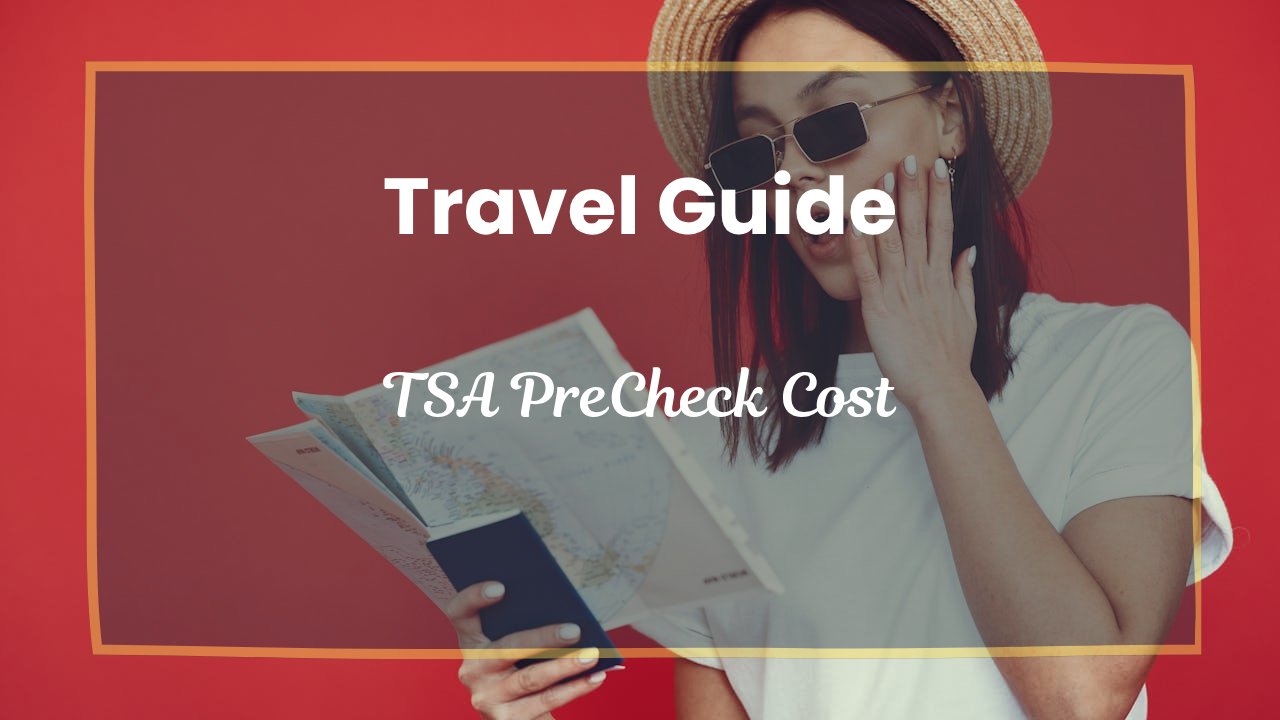TSA PreCheck Cost and How Much You Will Pay
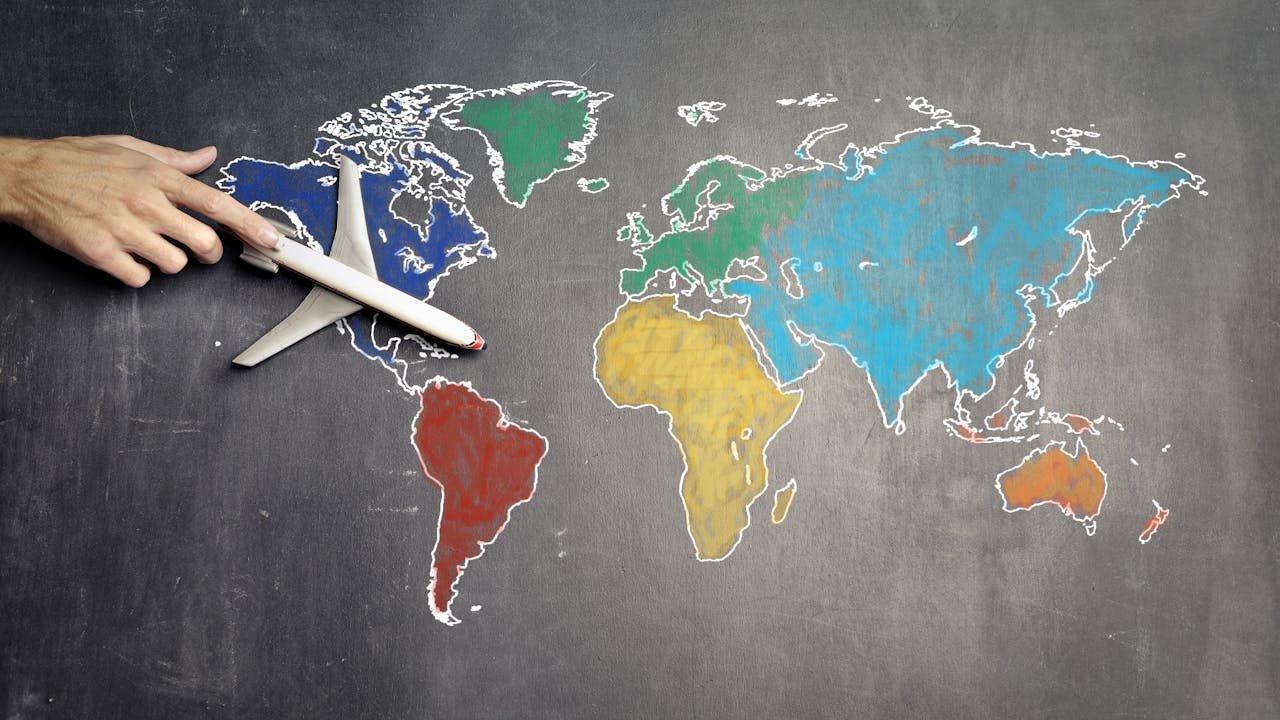 If you’re a frequent traveler, you might be considering TSA PreCheck to expedite your airport security experience. Understanding the costs and benefits of the TSA PreCheck program is crucial before making a decision that aligns with your travel needs and budget. This guide breaks down everything you need to know about TSA PreCheck cost, the application process, and whether it’s worth the investment.
If you’re a frequent traveler, you might be considering TSA PreCheck to expedite your airport security experience. Understanding the costs and benefits of the TSA PreCheck program is crucial before making a decision that aligns with your travel needs and budget. This guide breaks down everything you need to know about TSA PreCheck cost, the application process, and whether it’s worth the investment.
What Is TSA PreCheck?
TSA PreCheck is a trusted traveler program administered by the U.S. Transportation Security Administration (TSA), designed to expedite airport security screening for low-risk travelers. It’s available at over 200 airports across the United States and is accepted by more than 80 airlines.
Members enjoy a streamlined screening process where they can keep their shoes, belts, and light jackets on and leave laptops and compliant liquids in their bags, saving valuable time and avoiding the hassles of standard screening lines.
Since its launch, TSA PreCheck has become a popular choice for frequent flyers seeking to reduce wait times and make their travel experience less stressful. It’s especially beneficial for business travelers, families, and anyone who flies regularly.
TSA PreCheck Cost Breakdown
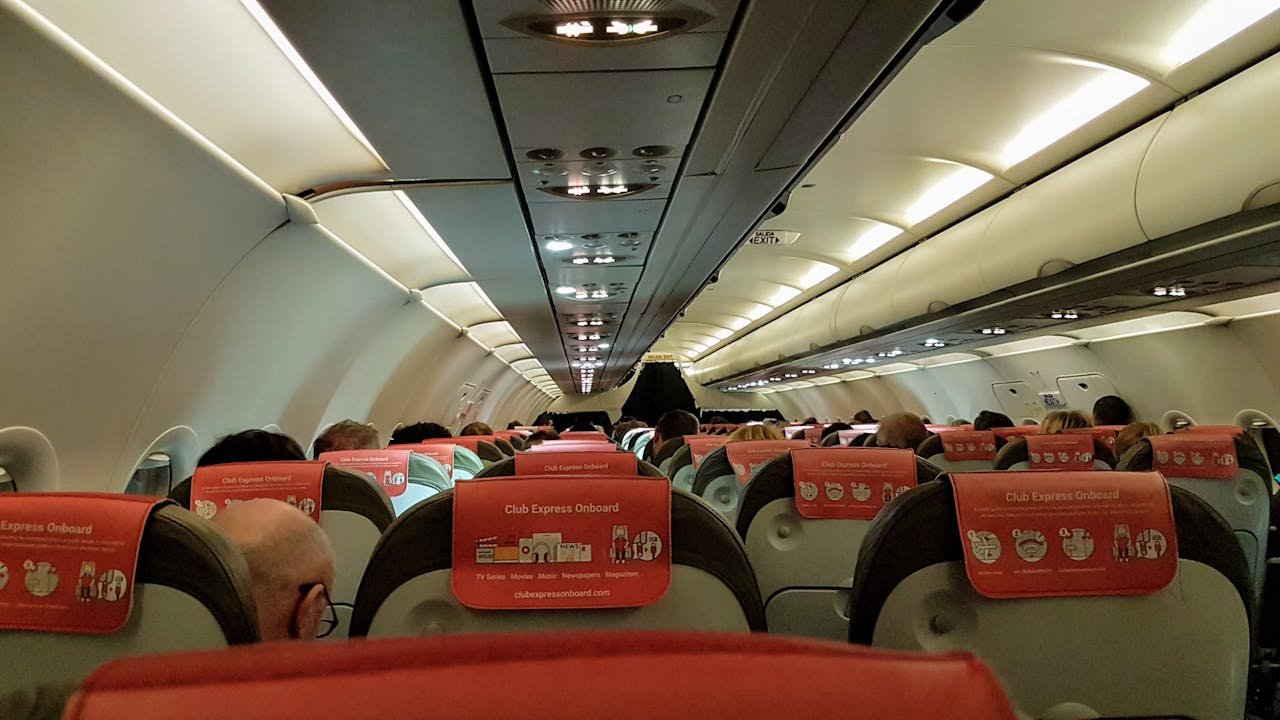
The cost of TSA PreCheck is straightforward but varies depending on how and where you apply. As of 2025, the standard application fee for TSA PreCheck is between $78 and $85 for a five-year membership. This fee covers the mandatory background check and administrative processing.
Application Fees by Provider
There are several authorized enrollment providers where you can submit your application, and fees vary slightly between them:
- IDEMIA: $58.75 online; $66.75 in-person
- CLEAR: $68.95 online; $77.95 in-person
- Telos: $70 online; $70 in-person
Choosing online enrollment tends to be cheaper, but some prefer the security of an in-person visit to verify identity documents and complete fingerprinting.
Renewal Costs
Renewal fees generally match the initial application fee, though it’s best to check directly with your chosen enrollment provider as prices may vary or promotions may apply.
Additional Costs
Some credit cards or loyalty programs offer reimbursement of the TSA PreCheck application fee as a travel benefit.
Global Entry, a related program, costs $100 for five years and includes TSA PreCheck benefits, as well as expedited U.S. customs screening for international travelers.
Is TSA PreCheck Worth the Cost?

The key question for many travelers is whether the TSA PreCheck cost is actually worth it. The answer depends largely on your travel frequency and priorities.
For frequent flyers—those who fly multiple times a year—the program offers clear, tangible benefits that usually justify the expense. The biggest advantage is time savings.
TSA PreCheck lanes are significantly shorter and move faster than regular security lines. This can translate into saving 15 to 30 minutes or more per trip, which adds up quickly over multiple flights per year. Less time in security lines means more time to relax, work, or grab a bite before your flight.
What You Get for Your Money
Time Savings
Standard security lines can be slow and unpredictable. TSA PreCheck grants access to dedicated lanes with expedited screening, drastically reducing wait times, especially during peak travel hours.
Convenience
You don’t have to remove shoes, belts, or light jackets, and you can keep laptops and approved liquids. This streamlines the screening process, reducing hassle and the risk of forgetting an item or causing delays.
Peace of Mind
TSA PreCheck is designed for low-risk travelers who have undergone a background check, reducing the likelihood of secondary screening. This can make your airport experience more predictable and less stressful.
When It’s Not Worth It
If you fly only once or twice a year, the upfront cost might not be worth it, especially if your airport or airline doesn’t consistently offer TSA PreCheck lanes. Also, if you tend to travel during off-peak times when security lines are already short, the value decreases.
Additional Notes
For frequent travelers, business professionals, and families seeking smoother airport experiences and reduced stress, TSA PreCheck is a smart investment. The cost, spread over five years, is minimal compared to the cumulative time and hassle saved.
If your travel schedule is light or unpredictable, you may want to consider alternatives or make decisions on a case-by-case basis.
How to Apply for TSA PreCheck
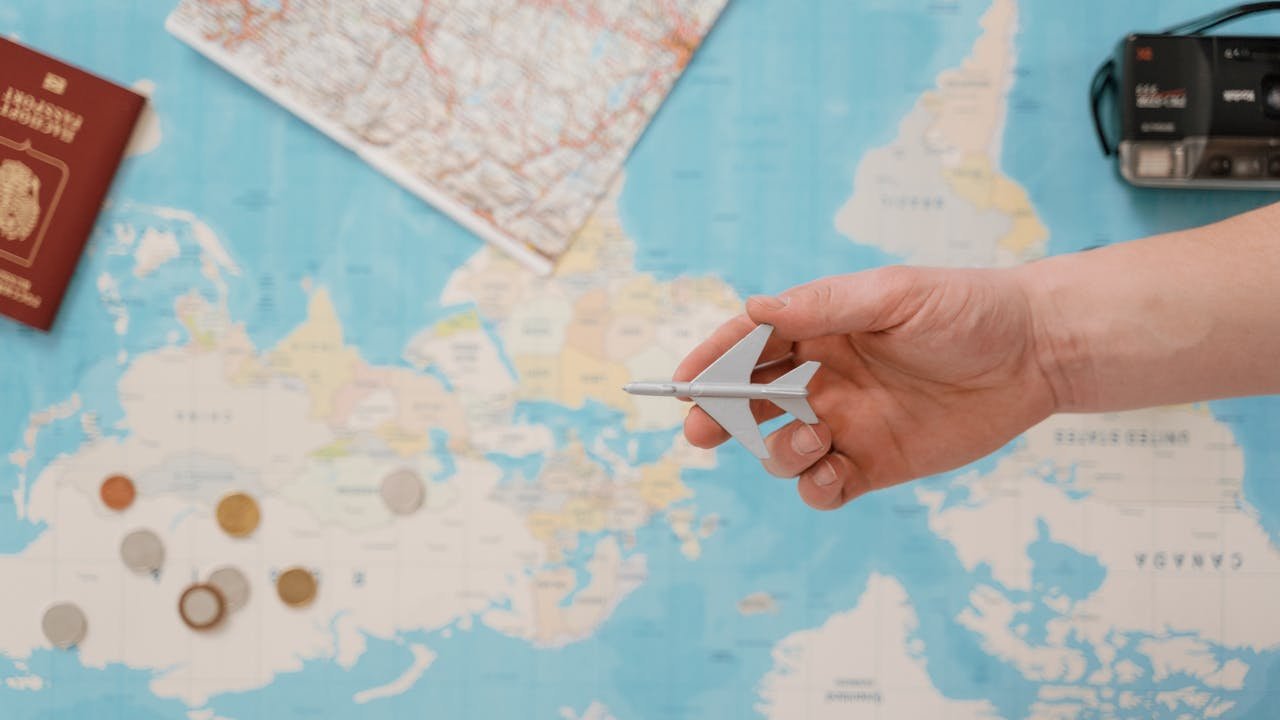
Applying for TSA PreCheck involves several clear steps designed to verify your identity and eligibility for expedited airport screening. Here’s a detailed breakdown of the process:
1. Complete the Online Application
Start by visiting the official TSA PreCheck enrollment website or an authorized third-party enrollment provider. The online form requires basic personal information, including your name, date of birth, address, and contact details. You’ll also need to provide information about your citizenship or legal residency status.
This step is critical because it initiates the background screening process and sets up your enrollment profile. Be sure to double-check all information for accuracy to avoid delays later.
2. Schedule an In-Person Appointment
After submitting your online application, you must schedule an appointment at one of the TSA’s hundreds of enrollment centers nationwide. During this appointment, you will be required to:
- Present valid, government-issued identification documents such as a passport or driver’s license.
- Provide fingerprints, which are used for the mandatory background check.
- Have your photograph taken for your TSA PreCheck profile.
Appointments usually last about 10–15 minutes. Some centers allow walk-ins, but booking online in advance is recommended to secure your preferred date and location and minimize wait times.
3. Undergo Background Check and Security Screening
Once your fingerprints and documents are submitted, TSA performs a comprehensive background check to evaluate any potential security risks. This includes reviewing criminal history and other relevant records.
Approval is not guaranteed; applicants with certain criminal convictions or security concerns may be denied membership.
4. Receive Your Known Traveler Number (KTN)
If your application passes the background check, you will be issued a Known Traveler Number (KTN), typically within 2 to 3 weeks after your appointment. This number is your key to accessing TSA PreCheck benefits.
You must add your KTN to your airline profiles or enter it when booking flights to ensure eligibility for TSA PreCheck screening.
Additional Notes
Processing times can vary by location and time of year; some applicants receive their KTN faster, while others may experience delays.
You can check your application status online via the TSA PreCheck website.
Remember, TSA PreCheck membership lasts for five years; after that, you must renew it through a similar process.
Appointments are typically brief, but wait times may vary by location. Processing times generally take about 2-3 weeks.
Alternatives to TSA PreCheck
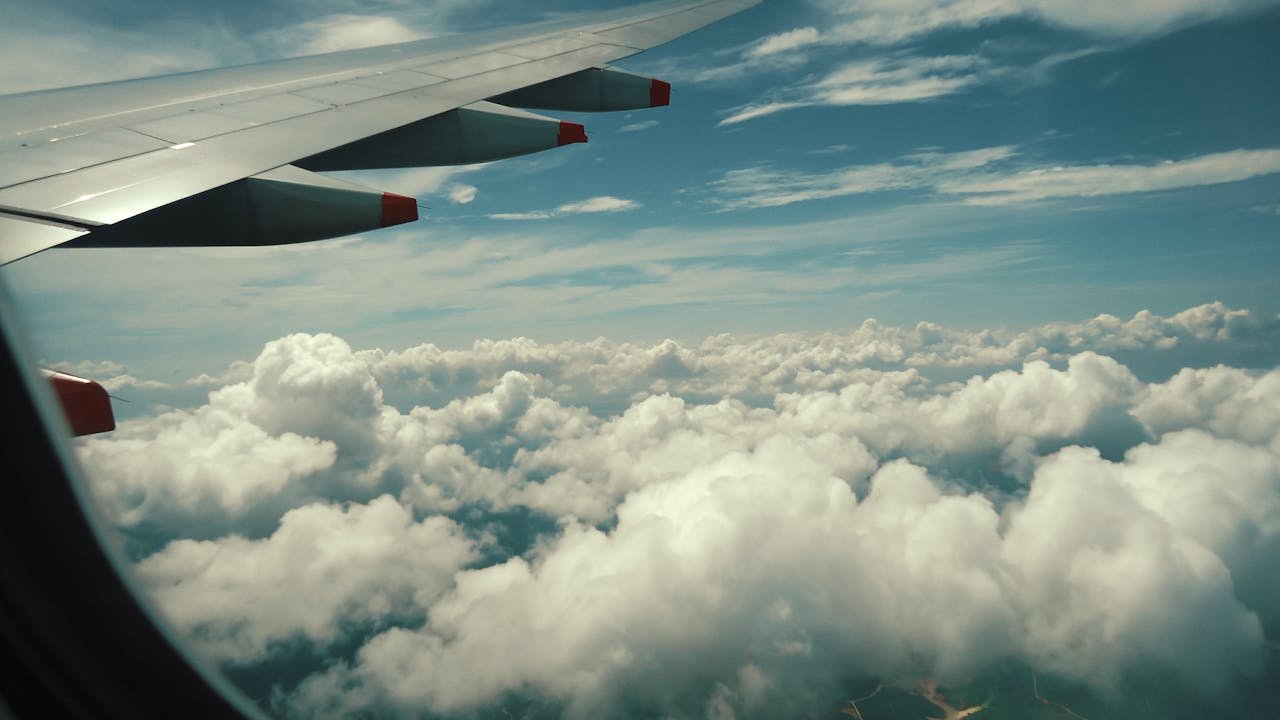
If you travel internationally, Global Entry may be a better fit. For $100 every five years, Global Entry provides TSA PreCheck benefits plus expedited customs screening when returning to the U.S. from abroad.
Other alternatives include:
- CLEAR: Offers expedited identity verification at select airports, but does not replace TSA PreCheck’s benefits.
- NEXUS: For frequent travelers between the U.S. and Canada, combining some benefits of TSA PreCheck and Global Entry.
Each program targets different travel needs, so consider your typical travel patterns before choosing.
Conclusion
Understanding the TSA PreCheck cost and what the program offers is crucial for deciding if it’s right for your travel style and budget. At approximately $85 for five years, TSA PreCheck can be a small price to pay for convenience, time savings, and reduced airport stress, especially if you fly multiple times annually.
Weigh your travel frequency, destinations, and personal preferences to make an informed choice that enhances your airport experience.

